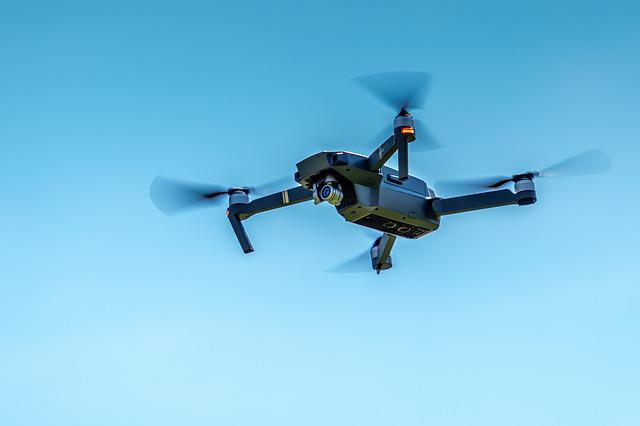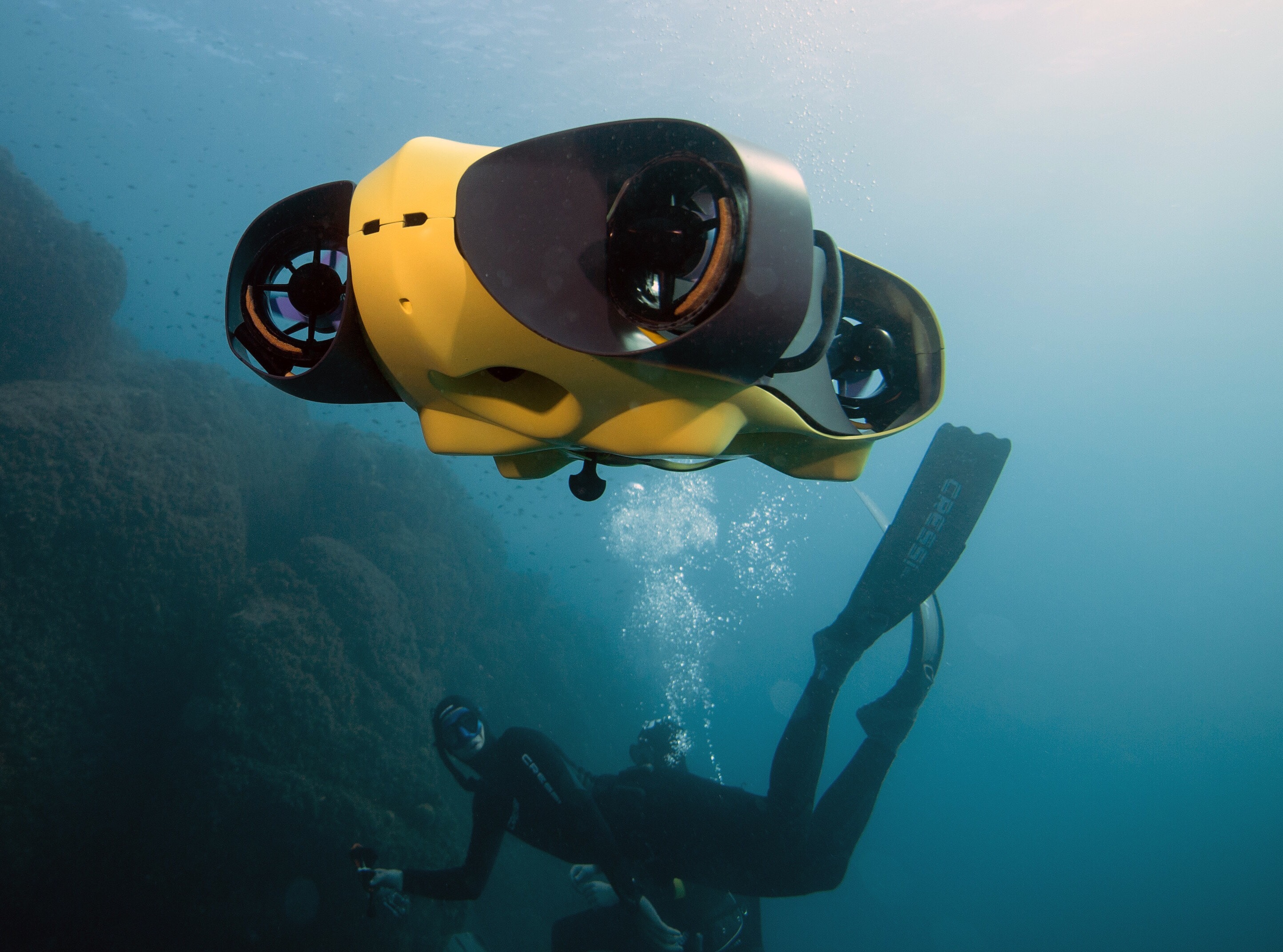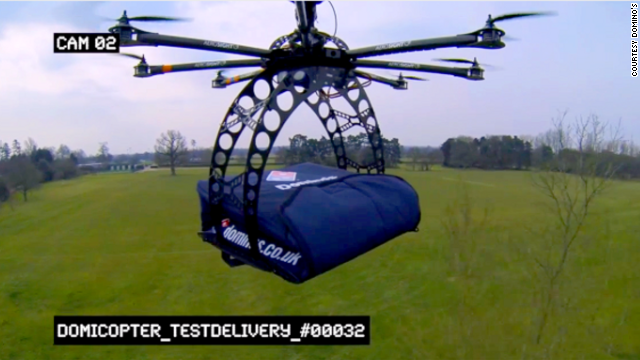
There are many drones for kids who want to be a little more adventurous and have a new hobby. We'll be reviewing the Parrot Maclane as well as Tello EDU and S5C with smartphone controls. These options offer great options for anyone wanting drones introduced to their kids. But which one is the best? Find out which one is best by reading on! Also, don't miss our Amazon wishlist!
Parrot Maclane
There are many choices of drones for children on the market. It can be overwhelming to decide which one is right for your child. You have many options. We will discuss the advantages of drones for children and help you choose which one is right for your child. It's a lot of fun, after all. And what child doesn't want to be able to fly a drone?
Tello EDU
DJI Tello, an EDU drone made for children, is among the most popular. The control pad looks just like a PlayStation and the drone has an HD camera that can be used with a 100 meter range. It is also compatible with VR headsets and has components designed by DJI. It is easy to fly and can be programmed to execute certain routines according the code it receives. Whether you are looking for a beginner drone or a more advanced model, there are a wide variety of options available.

Parrot Maclane with camera
Parrot Maclane is the ideal drone for your child. This drone features a camera on the back and features two LED lights on its fuselage. It can perform back and front flips, as well as 360 degree front flips. The mini drone can be flown by your kid and is easy to operate. You can even control it with your thumb.
S5C drones with smartphone control
S5C drones for kids with smartphone controls have many great features that will make flying them a breeze. These drones are capable to hover at different heights. They can also record footage to the microSD. You can control the drone using your smartphone or connect to the TV to see the video. The control range of S5C drones is about 80 meters, and you can fly them up to 100 meters from the receiver.
Parrot Maclane with blade guards
Parrot Maclane, which has blade guards, is safer for children to fly than the regular kids' drones. The drone has a flashlight as well as headlights and ultrasound. It can fly upto 65ft, with a 25 minute battery life. You can recharge it with the USB cable included or separately by purchasing a 2.4A charger.

FAQ
Do drones fall under the control of the FAA?
The FAA oversees all aspects regarding drone operations, including safety standards and certification requirements.
Can I fly my drone indoors
Yes, your drone can be flown indoors. It is important to make sure there are no hazards or obstacles in your home. For instance, avoid flying near windows and doors, heating vents, heating units, air conditioning units, electrical outlets or water pipes.
Can you fly a drone high without a licence?
The FAA doesn't limit how high you can fly your drone. They do require that you register your unmanned airplane system (UAS), which includes registration number, model number, weight, size and manufacturer's names, as well as other information.
How can I keep drones off my property?
Drones are becoming increasingly popular for home surveillance, but they also threaten privacy and security. If you want drone attacks to be avoided, you can install motion sensors all around your property. These sensors will detect any flying objects that are not authorized.
Statistics
- According to industry research from ZipRecruiter , there are 10 cities where the typical salary for a Drone Pilot job is above the national average. (dronesgator.com)
- With the top 10% making over $100/h and the bottom 10% making as low as $10/h. (dronesgator.com)
- According to Indeed, a drone pilot gets paid $25.73 per hour on average in the US. (dronesgator.com)
External Links
How To
How to Fly Drones with Beginners
A drone is a remotely-controlled aircraft that is used for aerial photography and surveillance. Drone technology has existed since World War II. However, commercial use began in 2010 when DJI released their Phantom series of quadcopters. There have been many drones made since then. These range from beginner-friendly drones like Parrot AR Drone 2.0 to more advanced multi-rotor craft like DJI Mavic Pro.
There are several ways to fly a drone, including;
-
Remote control: This uses a remote control device that attaches to your hand and allows you control the drone along its flight path. There are two main types: Joysticks (like a radio), and On/Off switches (like an alarm clock).
-
Manual Control – This method lets users remotely control the drone by using a smartphone app. You will need to keep track of where the drone is going and follow the directions from the app.
-
Autonomous Flying - This allows the drone to take over all of the piloting duties. It basically flies autonomously without any human intervention. It must have a builtin camera, sensors capable of taking images and data to enable autonomous flight.
-
Triggered Flight: This is similar in concept to manual control. The pilot manually creates a route and the drone then follows it until it reaches that endpoint. Once the programmed route is completed, the drone lands automatically and returns back to the base.
-
Landing Gear - Some drones come equipped with landing gear that allows them to land safely if they lose power or run out of battery during flight.
-
Goggles – Pilots often wear goggles while flying to keep themselves safe from any debris.
-
Camera - Certain drones come with cameras that allow you to take photos and videos from high above.
-
Obstacles – Some drones have obstacle avoidance systems that stop them from colliding with obstacles.
-
Speed – Some drones can reach speeds in excess of 40 mph.
-
Battery Life - Most drones last between 20 and 3 hours depending on how much power they have.
-
Some drones have a range of up to 30 miles, depending on their model.
-
Power source - Some drones need an external power source, while others use internal batteries.
-
Weight - Some drones can be as light as 1 pound while others can reach 4 pounds.
-
Size - Drones come in many sizes, from small gadgets that fit in one's hands to large craft that weigh more than 50 lbs.
-
Price - All drones fall within a specific price range, from high-end models that can cost thousands of dollars to lower-cost options starting at $100.